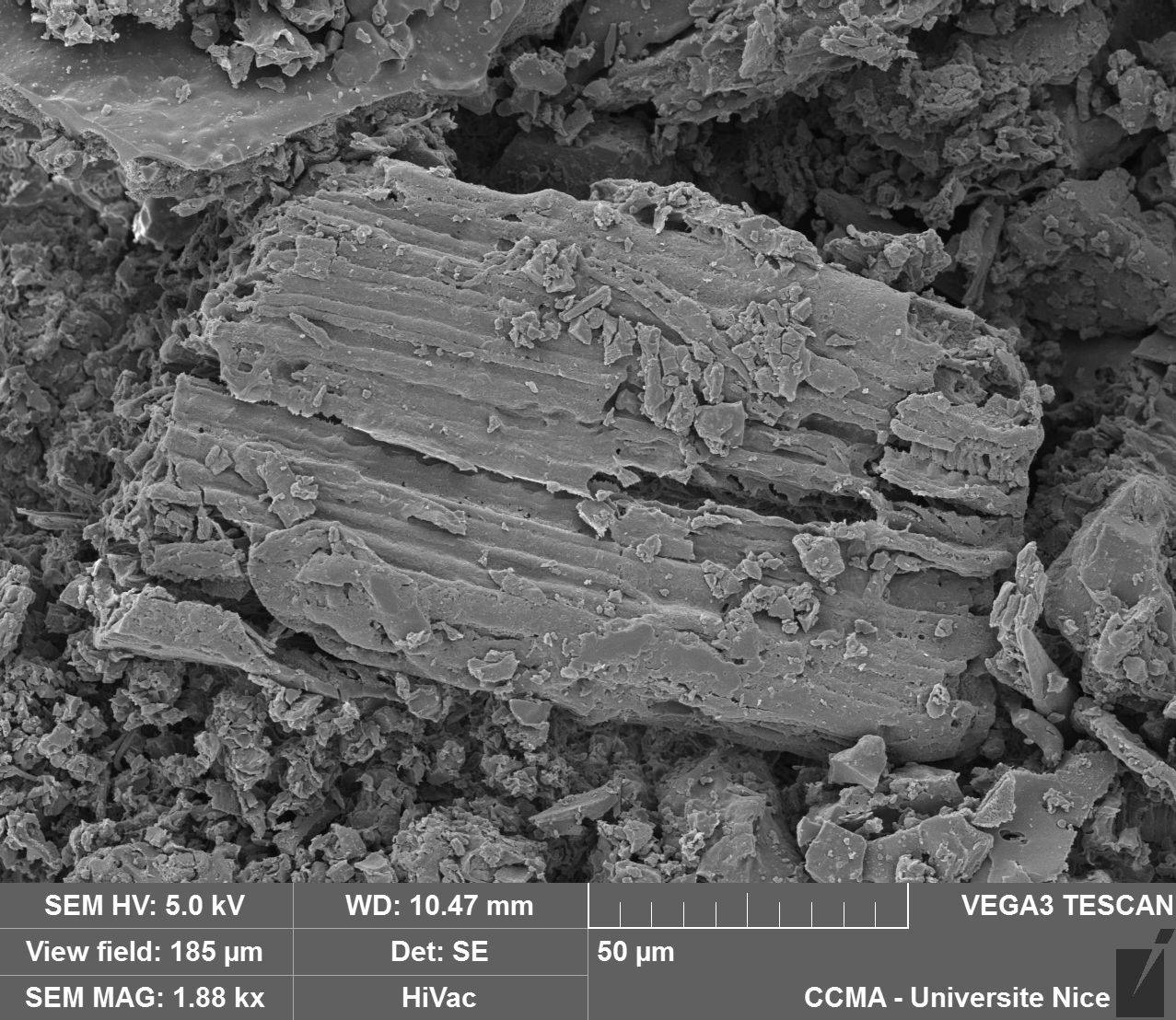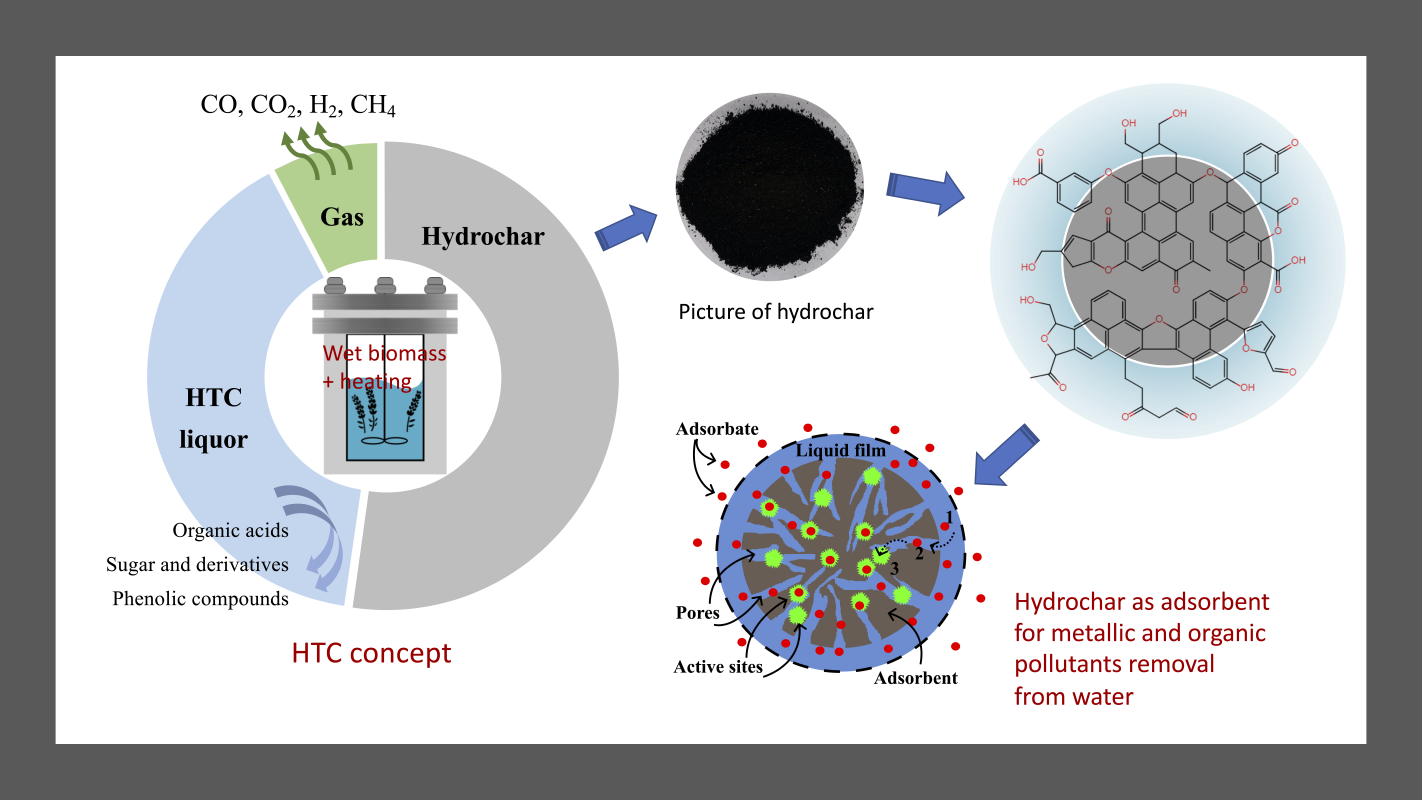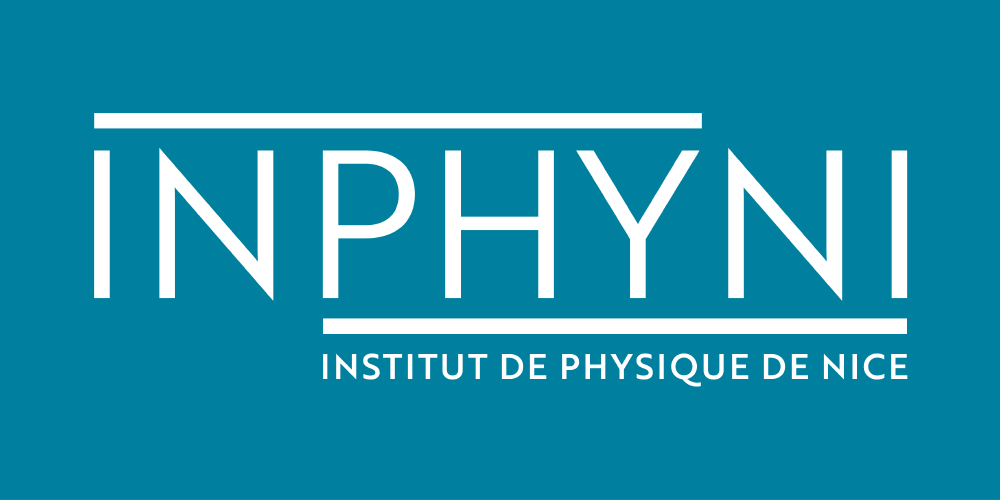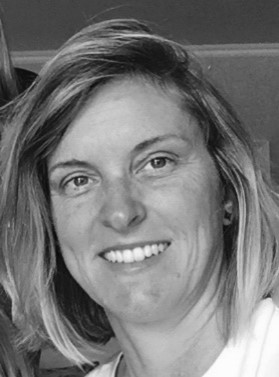Academy of Excellence "Space, Environment, Risk and Resilience"
Valorization of industrial by-products into porous materials for energy and environmental applications
Water purification using industrial waste: when waste recovery and green chemistry serve the circular economy.

Academy Highlight
This project contributes to the Academy 3 theme “Environmental challenges related to energy and resources” by proposing to use biomass waste from the cosmetics/fragrance industry to produce energy, and by developing a method for the chemical and organic depollution of water through absorbent materials.
The project
- The first would be to compact the material into pellets ready for combustion for domestic heating.
- The second would be to use it as a depolluting material to clean water contaminated by heavy metals, antibiotics or organic matter.


The +
The Vaporee project focuses on the values of the circular economy by recycling industrial waste from the Côte d'Azur region. It goes even further, proposing innovative depolluting solutions using this waste.
What's next ?
Based on the first results, the project team will be looking at other materials for testing and recycling. More specifically, in 2024, the laboratory will host a doctoral student who will study depollution systems applied to Vietnamese aquaculture.
Project informations
| Scientific field: Material Sciences Environmental chemistry |
Keywords: Waste recycling Hydrochars Adsorption Pollution control Circular economy |
| Project member: Charlotte Hurel |
Budget: €43,500, including €7,000 from Academy 3 |
| PI laboratory:
INPHYNI - Université Côte d’Azur, CNRS
|
Students involved: Sumeyra Seniha Baran Xin Li |
Scientific promotion of the project
- Li, X., Baran, S. S., Orange, F., Bonjour, E., Jame, P., Verger-Dubois, G., ... & Hurel, C. (2022). Conversion of Lavandula Straw into High-Quality Solid Fuel: Effect of Hydrothermal Carbonization Conditions on Fuel Characteristics. BioEnergy Research, 1-17.
- Li X., Bonjour E., Jame P., Kuzhir P., Hurel C. (2023) Production of hydrochar from biomass waste as economical adsorbents for methylene blue – insight of occurring adsorption phenomena. Biomass Conversion and Biorefinery. https://doi.org/10.1007/s13399-023-04122-y


















